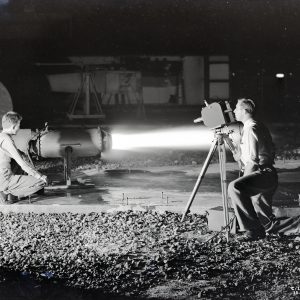
1947 Lewis Inspection
The first Inspection at the Cleveland laboratory, held in October 1947, emphasized issues pertaining to post-war development of the turbojet engine.
The talks at the June 1955 Inspection of the Ames Laboratory revealed that the more advanced aircraft of the future required the same type of NACA research as previous generations.
Ames hosted a triennial inspection on June 27 and 28, 1955. The dates were selected to follow the joint meetings in Los Angeles of the Institute of the Aeronautical Sciences and the Royal Aeronautical Society. It was the 40th anniversary of the NACA, and guests were given a history booklet written by Jerome Hunsaker. He prepared it for the NACA anniversary dinner held on April 14, 1955 at the Smithsonian Institution, at which U.S. Supreme Court Chief Justice Earl Warren presented Hunsaker with the Langley Medal.
By 1955, supersonic aircraft were entering military service, and NACA work to solve problems associated with them dominated the meeting. Carlton Bioletti defined the intellectual structure of the Inspection, and quoted Hugh Dryden: “Many of the major problems of the aircraft of the future are old problems in new dress.” Designing sleek new aircraft able to fly at supersonic speed re-introduced old problems like buffeting, damping, and stability (and how the pilot can control those) as well as weight distribution and landing performance.
Furthermore, the number of test facilities at Ames was expanding rapidly, leaving Bioletti choices on where to host the topical presentations. Some presentations addressed new topics in old facilities: a session on static stability was presented in the 6- by 6-foot supersonic wind tunnel, on dynamic stability in the 7- by 10-foot wind tunnel, on airplane Flexibility (meaning wing loads and bending) in the airplane hangar, and on take-off and landing in the 40- by 80-foot wind tunnel. Some were presented in new facilities. A talk on the role of Flight simulators aided by analog computers was done in the flight research hangar, where a YF-86D aircraft was hooked up to a separate cockpit model. As a result, lunch was moved from the hangar to the sheet metal shop.
A presentation on hypersonic research, accompanied by a press release, on work at Ames on the reentry heating problem, was done in the new heat transfer tunnel (a precursor to the arc jet). A presentation on transonic research was done in the 14-foot transonic wind tunnel, which had recently been converted from the 16-foot tunnel, accompanied by a press release on the performance of the tunnel. The Unitary Plan wind tunnels, at Ames as well as Cleveland and Langley, had just begun operating. There was one session in the Ames Unitary Plan to inform the potential users on the capabilities of those tunnels, and also a session on jet aircraft crash and fire survival.
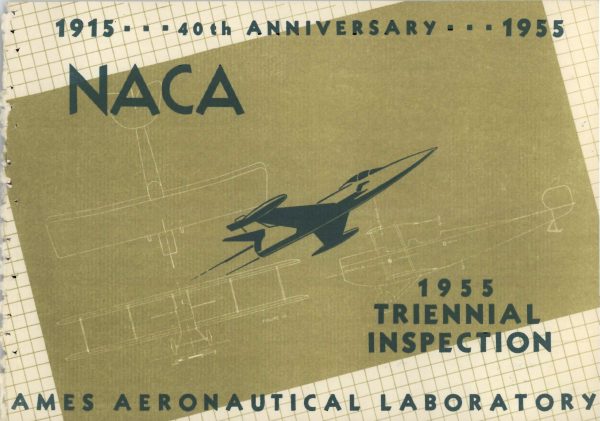

The first Inspection at the Cleveland laboratory, held in October 1947, emphasized issues pertaining to post-war development of the turbojet engine.
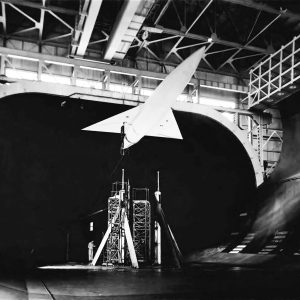
The July 1948 Inspection at the Ames Laboratory highlighted the facility’s new wind tunnels and work on heat transfer and aircraft control systems.
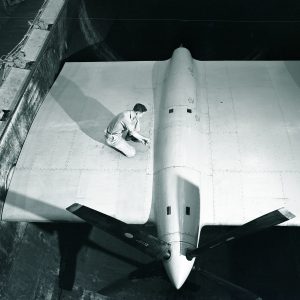
During the September 1948 Inspection, the NACA renamed its Cleveland laboratory in honor of the recently deceased George W. Lewis.
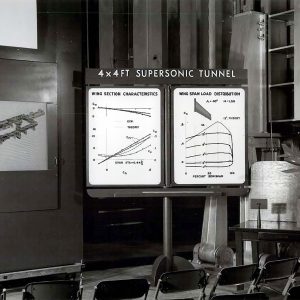
Langley’s biennial Inspection in May 1949 featured its recent work in high-speed aerodynamics, particularly in the transonic stage.
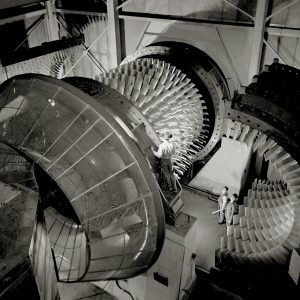
At the September 1949 Inspection, the NACA unveiled Lewis’ recently completed 8-by 6-Foot Supersonic Wind Tunnel and a new style of presenting the technical information in a more understandable manner.
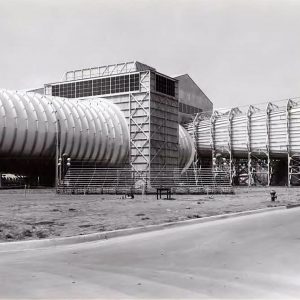
The July 1950 biennial Inspection at the Ames Laboratory’s took place shortly after the onset of the Korean War and signaled the beginning of the NACA’s transition into missile and rocket research.
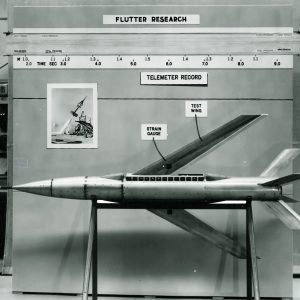
Langley’s 1951 biennial Inspection addressed tools necessary for transonic research and efforts to transition from manual data computations to mechanical and digital computers.
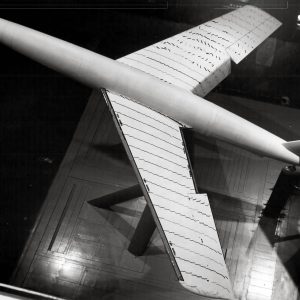
Increasing Cold War security concerns led to a reduction of technical information on display during the July 1952 Inspection at Ames.
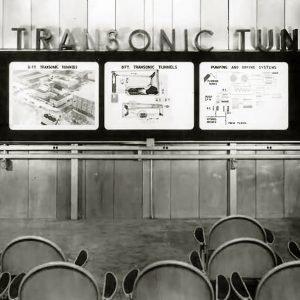
The Langley Laboratory featured its helicopter research during the biennial Inspection in May 1953.
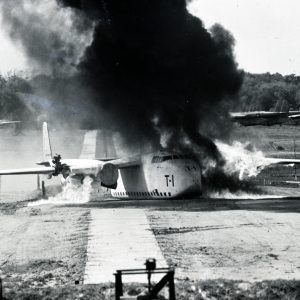
The Lewis Laboratory’s June 1954 Inspection emphasized the NACA’s role in the Cold War, while demonstrating the new Propulsion Systems Laboratory and its growing rocket research.
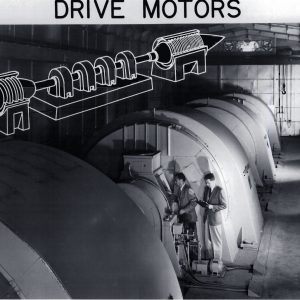
The talks at the June 1955 Inspection of the Ames Laboratory revealed that the more advanced aircraft of the future required the same type of NACA research as previous generations.
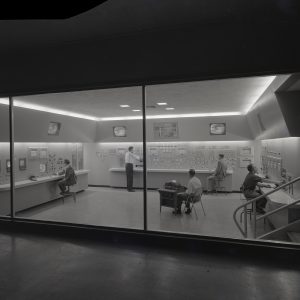
The May 1956 Inspection was dedicated entirely to the Lewis Laboratory’s new Unitary Plan Tunnel (the 10- by 10-Foot Supersonic Wind Tunnel).
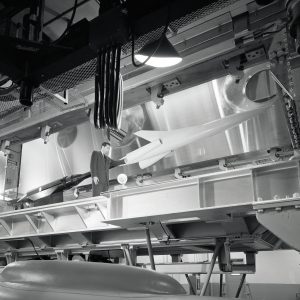
The October 1957 Inspection at the Lewis Laboratory ushered the NACA into the space age and signaled the beginning of the end for the agency.
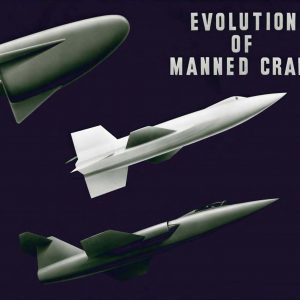
The July 1958 Inspection at Ames was both the laboratory’s final Inspection and the final Inspection of the NACA era.
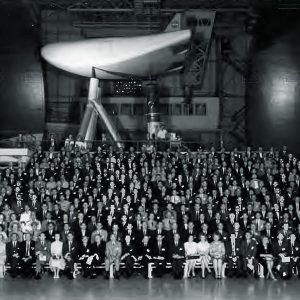
NASA’s first Inspection, held at Langley in May 1964, emphasized the role the former NACA labs were playing in the new Office of Advanced Research and Technology (OART).
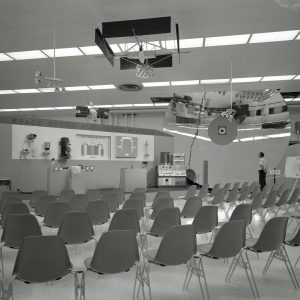
Lewis Research Center held an Inspection in October 1966 to mark its 25th anniversary and demonstrate both its space research and resurgent aeropropulsion work.
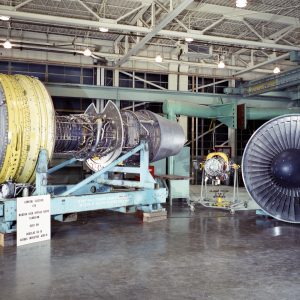
NASA’s final Inspection, held at Lewis in September 1973, sought to demonstrate a wide variety a civilian applications for NASA technology.